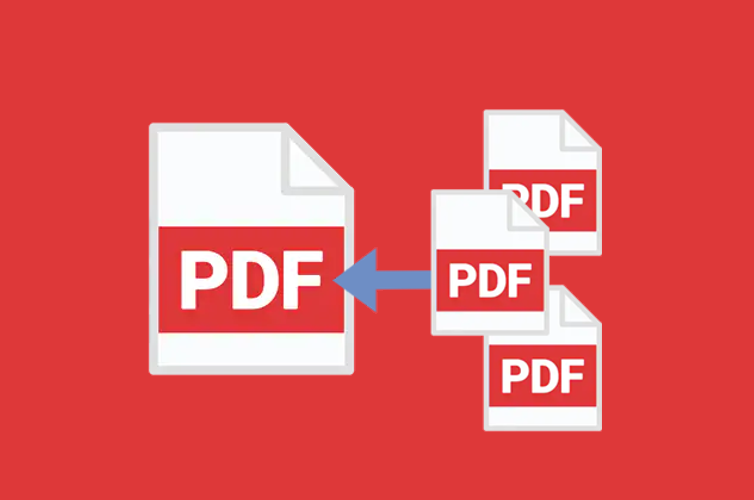Data mining allow an individual or business to extract any and all relevant data that is available on the internet, in order to further their commercial interests. As the internet and the data available online continues to grow exponentially, data mining has become the most effective tool available in order to convert digital information into actionable insights.
What are The Benefits of Data Mining?
Data mining offers a range of benefits across various domains by extracting valuable insights and patterns from large datasets. Some of the key benefits of data mining include:
Business Intelligence and Decision-Making
Data mining helps organizations make informed decisions by identifying trends, patterns, and correlations within their data. These insights enable businesses to develop strategies, optimize processes, and allocate resources more effectively.
Customer Insights and Personalization
By analyzing customer data, data mining can uncover preferences, behaviors, and buying patterns. This information can be used to personalize marketing efforts, improve customer service, and enhance overall customer satisfaction.
Risk Assessment and Fraud Detection
Data mining is crucial for detecting fraudulent activities and assessing risks. It can identify anomalies and patterns that deviate from the norm, helping financial institutions, insurance companies, and other industries mitigate potential losses.
Healthcare and Medicine
In the healthcare field, data mining can aid in identifying disease trends, treatment outcomes, and potential drug interactions. It can also assist in predicting disease outbreaks and optimizing patient care protocols.
Marketing and Campaign Optimization
Data mining helps marketers identify target audiences, refine marketing strategies, and predict customer responses to different campaigns. This leads to more effective marketing efforts and better return on investment.
Supply Chain and Inventory Management
By analyzing historical sales data and demand patterns, data mining can improve inventory management and supply chain efficiency. This reduces overstocking, stockouts, and associated costs.
Scientific Research and Exploration
Data mining is valuable for extracting insights from large scientific datasets, such as genomics, particle physics, and climate science. It aids researchers in discovering new phenomena, correlations, and patterns that might not be evident through traditional methods.
Education and E-Learning
Data mining can enhance education by analyzing student performance data to identify learning trends and adapt instructional approaches accordingly. It can also help in recommending personalized learning materials and paths.
Crime Prevention and Law Enforcement
Law enforcement agencies can use data mining to analyze crime patterns, predict potential criminal activity, and allocate resources effectively. This aids in crime prevention and enhances public safety.
Transportation and Urban Planning
Data mining can analyze traffic patterns, public transportation usage, and urban development trends. This information is useful for optimizing transportation systems and urban planning initiatives.
Manufacturing and Quality Control
Data mining can identify patterns that lead to defects in manufacturing processes, allowing manufacturers to optimize their processes and improve product quality.
Natural Resource Management
In fields like agriculture and environmental science, data mining can analyze soil, weather, and other environmental data to optimize resource allocation and sustainable practices.
Social Media Analysis
By analyzing social media data, data mining can provide insights into public sentiment, trending topics, and emerging opinions, which can be valuable for marketing, public relations, and reputation management.
Conclusion
Data mining empowers organizations to gain a deeper understanding of their data, make more informed decisions, and uncover valuable insights that can lead to improved efficiency, innovation, and competitive advantage.











